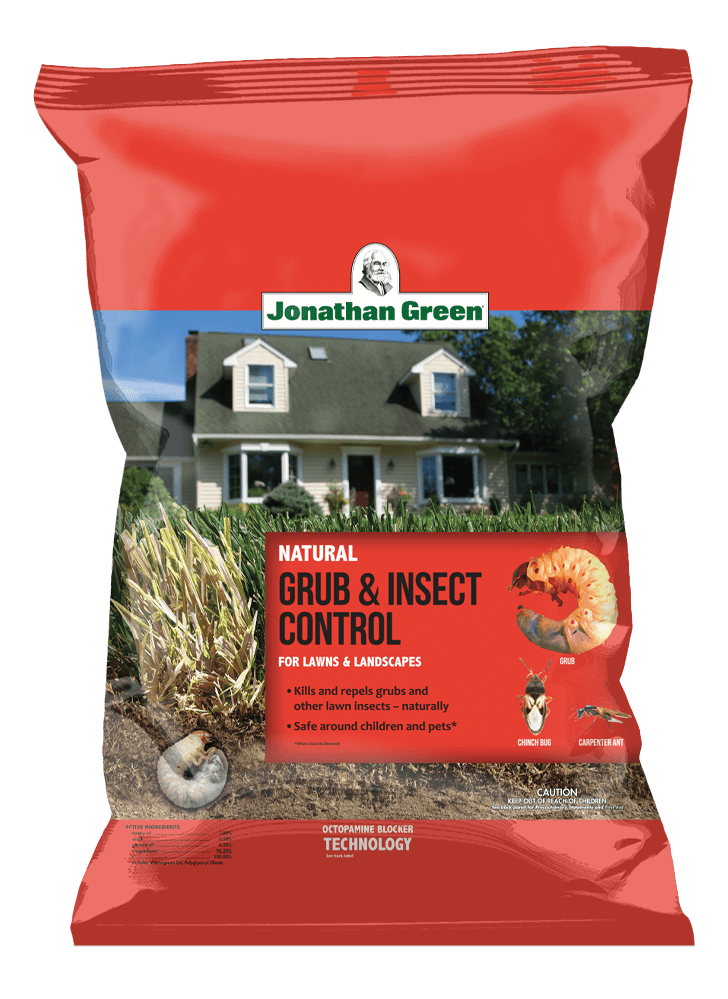Why So Stressed? Lawn Stress
Why so stressed? Everyday life seems to be moving at such a fast pace these days. We need to get to work faster, do more with less time, be more productive with our phones, computers and technology and the list just goes on and on. Remember when we were kids summer seemed to last forever; those where the days!
Well, your lawn is under stress as well due to the excessive rains we experienced all spring long. The hot, dry summer has probably arrived as I write this article. I assume by the time you read this article your lawn will be under some sort of stress. Proper preparation helps your lawn survive summer stresses such as heat, drought, bugs and disease. The spring rains were like a daily shot of happy drugs for your lawn. Your lawn was punch drunk and was looking forward to another daily dose of water for weeks at a time. Grass blades are probably 90% water and now that the life line of water has been cut off, what can you do?
Too much of a good thing can turn out badly. Your lawn will become stronger when there is less water available which forces the roots to dig deeper into the soil for moisture to survive.
Of course, you do not want to purposely take your lawn to the edge of drought stress and then water it to bring it back from disaster but I think you get my point here. Proper fertilizing is an important part of your lawn care program. A regular feeding schedule will strengthen and thicken your lawn to help it withstand heat and drought conditions much better.
Our New American Lawn Plan does this. Feeding once or twice a year is not enough. Your lawn likes to be fed during the growing seasons. However, I would avoid feeding your lawn during hot, dry weather. Some folks were not able to fertilize more than once this spring due to rainy conditions. Your lawn can become “hungry” and lose that spring green color with only one feeding, sometimes this leads to fungus problems. Rain and heat create perfect conditions for weeds to flourish. Crabgrass will rear its ugly head but once these plants become too large they are difficult to control. Applying weed controls during hot summer months is not recommended particularly if the lawn is already under heat and drought stress. Follow all label directions on controls you do apply. Moisture and heat also create prime conditions for lawn insect pests to thrive. The natural life cycle of many insects occurs during summer months.
Remember to mow regularly lawn areas that border woods in order to deter ticks. Apply Grub and Insect Control or Organic Insect Control for insects whenever they are present and use Grub and Insect Control during the first week of July as a preventative for grubs. Turf experts say a healthy growing lawn can survive 5-10 grubs per square foot. Grubs may be very active at this time due to the rainfall which they need to reproduce. Proper mowing is also an important part of your overall lawn care plan.
Mentioned Products
Did you remember to raise your mowing height as I recommended during summer months?
Raise the cutting height to three inches or greater to preserve moisture and create some shade at the ground level to deter weed establishment. Keep your mower blades sharp with the help of a professional repair shop if necessary. Sharp blades will reduce shredding the grass blade tips and may help deter some fungal activities. The needs of your lawn must be addressed to help your lawn get through the summer months. Buy quality grass seed designed to be used in the area you are seeding, water properly, but not too much, and feed the grass during the growing seasons. The New American Lawn of today’s busy world can survive a lot of these stresses if properly cared for. Life is too short, enjoy each and every day. Go to the beach one more time this summer before the kids have to go back to school!
P. S. Don’t stress out about your lawn.
